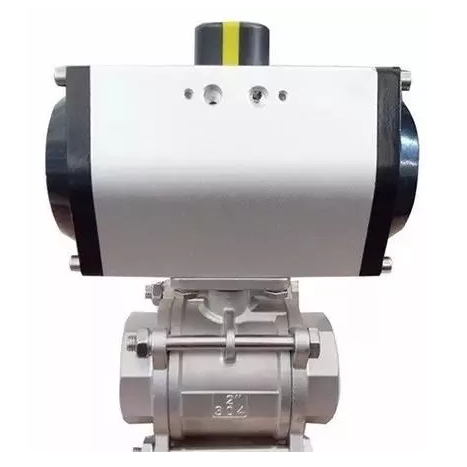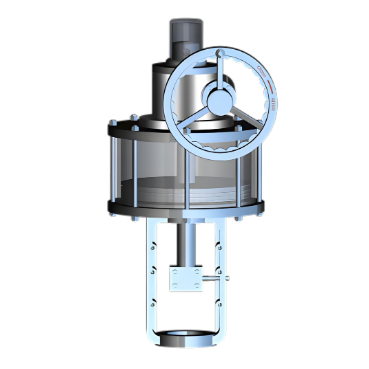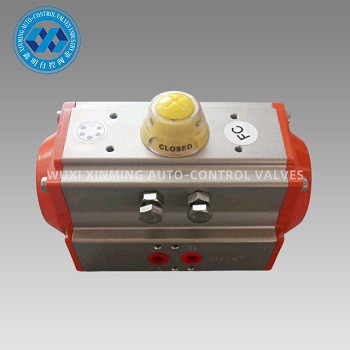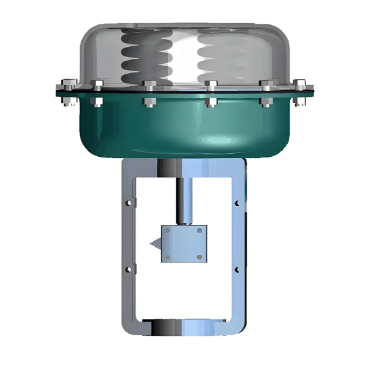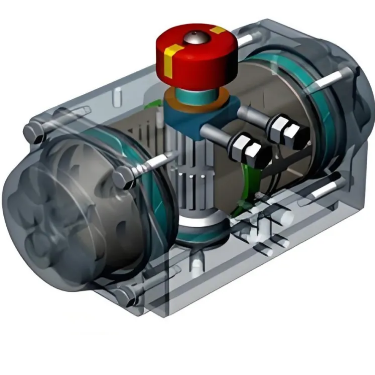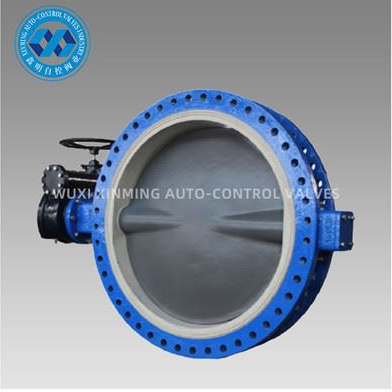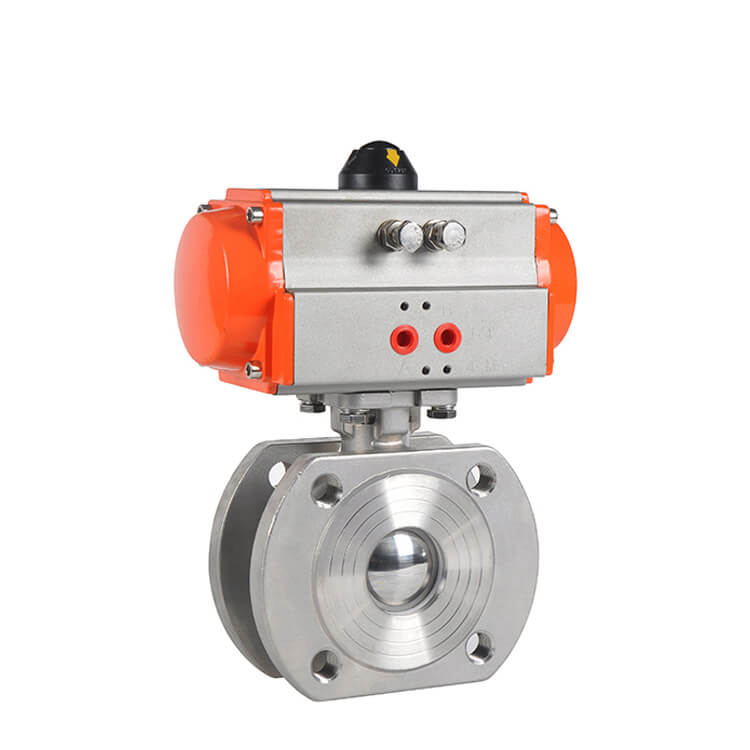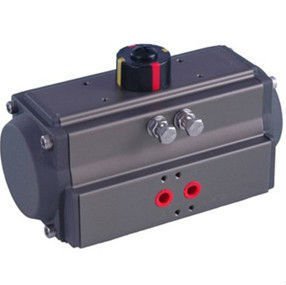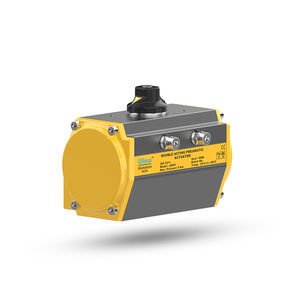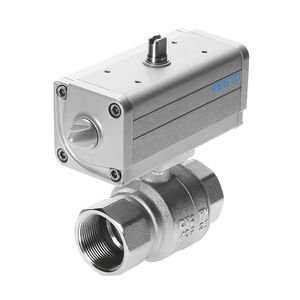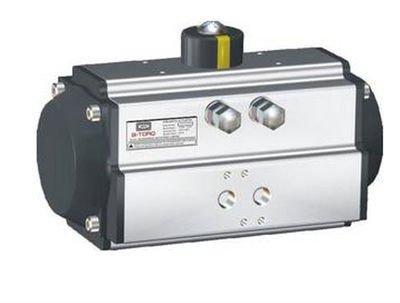Single-acting pneumatic actuators are
widely used in automation due to their simplicity, reliability, and
cost-effectiveness. These actuators operate using compressed air to generate
linear or rotary motion in one direction, while a spring or external force
returns the actuator to its original position. Here’s how they work in
automation systems:
Basic Operation: When compressed air is
supplied to the actuator, it pushes a piston or diaphragm, creating motion.
This motion can open or close valves, move mechanical arms, or perform other
tasks. Once the air pressure is released, the built-in spring or external force
returns the actuator to its default position.
Energy Efficiency: Single-acting actuators
require air pressure only for one direction of movement, making them more
energy-efficient compared to double-acting actuators, which need air for both
extending and retracting.
Applications in Automation: These actuators
are ideal for applications where simplicity and reliability are critical, such
as in conveyor systems, packaging machines, and assembly lines. They are also
used in safety systems, where fail-safe operation (returning to a default
position in case of power loss) is essential.
Advantages: Their compact design, low
maintenance, and ability to operate in harsh environments make them a popular
choice in industrial automation.
In summary, single-acting pneumatic
actuators provide a cost-effective and efficient solution for automation tasks,
ensuring reliable performance in various industrial applications.
If you want to learn more about low-priced products, please visit the following website: www.xm-valveactuator.com


